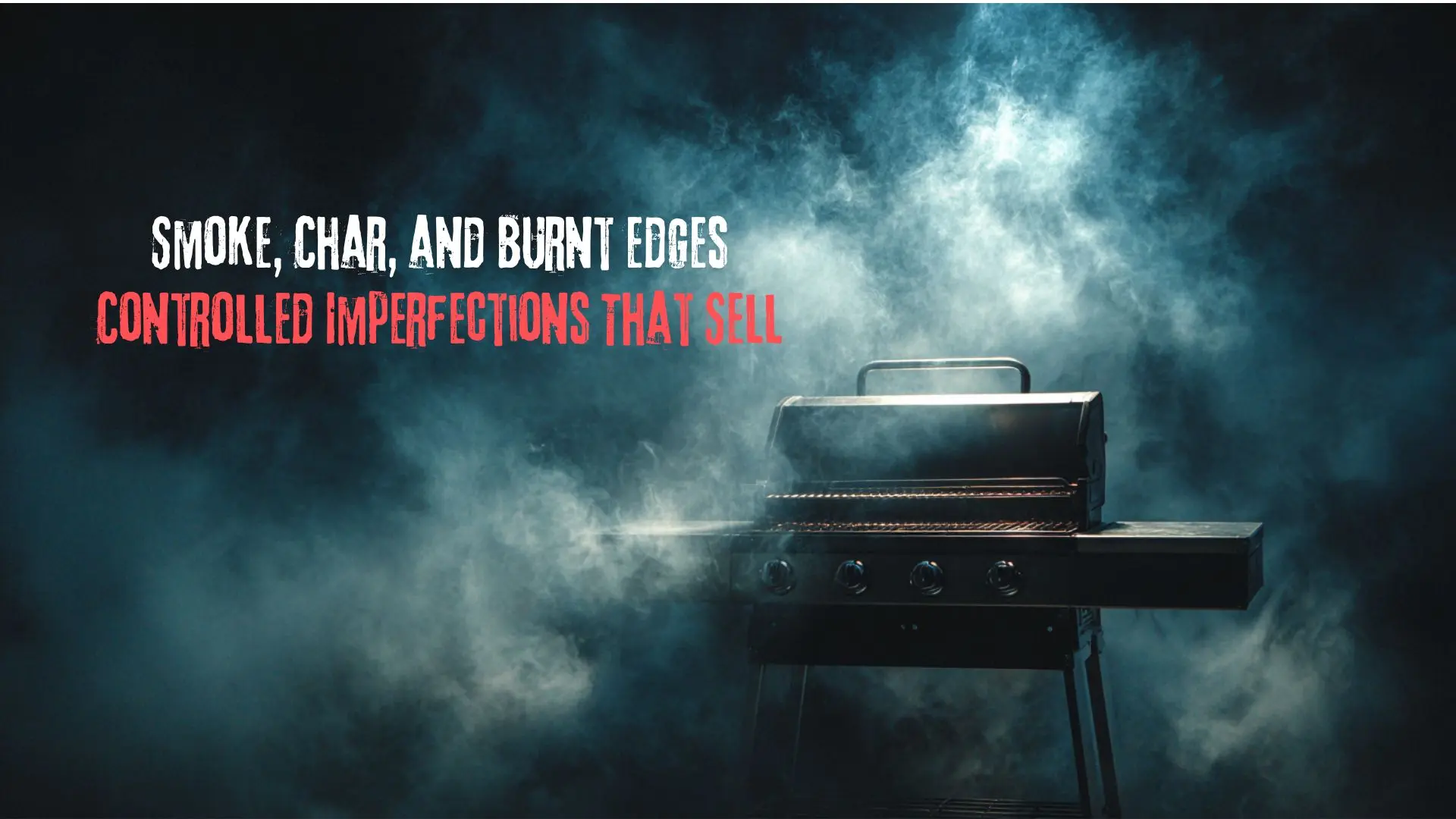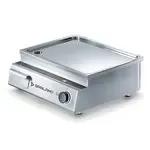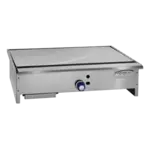
Smoke, Char, and Burnt Edges: Controlled Imperfections That Sell
In the fast-paced, high-stakes world of professional kitchens, every detail counts. The difference between a good dish and an unforgettable one often lies in subtle layers of flavor, texture contrasts, and those perfectly controlled imperfections — the smoke, char, and burnt edges that tell a story on the plate.
Mastering these techniques isn’t just about turning up the heat; it’s about understanding the chemistry behind flavor development and the art of balance. Today, we’ll explore how to leverage smoked meat recipes, charred vegetables, burnt ends recipe techniques, and more, turning controlled imperfections into your kitchen’s secret weapon.
The Flavor Power of Smoke in Professional Cooking
Smoke is one of the oldest flavoring methods and remains essential in many cuisines. The magic of smoking techniques for meat lies in how slow exposure to smoke infuses dishes with complex, layered flavors that roasting or grilling alone can’t achieve.
For chefs, it’s important to distinguish between different wood types and their flavor profiles — hickory, applewood, mesquite, and cherry all impart unique notes. Incorporating smoke doesn’t mean overwhelming your dish; rather, it’s about subtlety.
Try experimenting with smoked vegetables recipes as a way to add depth without heaviness. Smoked carrots, beets, or even mushrooms can provide an earthy base for sauces or sides, enhancing your menu’s complexity.
Charred Vegetables: Texture Meets Flavor
One of the hottest trends right now is charred vegetables. The technique adds a smoky, slightly bitter edge that contrasts beautifully with fresh, bright ingredients. Whether it’s charred broccoli, peppers, or corn, the key is to achieve that delicate balance between charred steak recipe intensity and preserving the vegetable’s natural sweetness.
In busy kitchens, charring vegetables is a quick way to elevate a simple side dish. Toss the vegetables in oil, hit a screaming hot grill or pan, and watch the Maillard reaction work its magic — that caramelized crust is what makes these vegetables irresistible.
Burnt Ends: The Gold Standard of BBQ
No discussion about char and burnt edges is complete without mentioning the iconic burnt ends recipe. Popularized in Kansas City BBQ, burnt ends are the flavorful, smoky, caramelized bits cut from the point end of a brisket. These morsels are a prime example of how controlled burning creates a prized texture and intense flavor that diners crave.
Mastering burnt ends means patience and precision — smoking the brisket low and slow, then finishing over direct heat to develop that signature char. The caramelization of the meat’s surface, enhanced by the rub and smoke, delivers a crispy, juicy bite that’s worth the wait.
The Science Behind Burnt Sugar Caramelization and Maillard Reaction
Beyond meat and vegetables, understanding the burnt sugar caramelization and Maillard reaction cooking can elevate sauces, desserts, and even cocktails. These chemical reactions develop complex flavors when proteins and sugars are exposed to heat, creating the browning and toasty notes we associate with expertly cooked food.
Caramelizing sugar at just the right moment can add bittersweet depth to desserts or glazes. The Maillard reaction, meanwhile, is responsible for the savory crust on seared meats and the rich flavor of toasted nuts or coffee. Chefs who grasp these principles can manipulate heat to coax out ideal textures and tastes, avoiding bitterness or burnt off-flavors.
Grilled and Charred Fish: A Delicate Balance
Fish is notoriously tricky to cook, but mastering grilled charred fish can set a restaurant apart. The smoky char adds texture and flavor complexity that balances the delicate, often subtle flavor of fish. Using direct, high heat briefly chars the surface, locking in moisture and flavor.
Fish like salmon, swordfish, or tuna respond especially well to this technique. Applying a light seasoning or marinade before grilling allows the char to complement without overpowering. A finishing squeeze of citrus or a drizzle of herb oil can brighten the smoky notes and round out the dish.
Tips for Incorporating Smoke, Char, and Burnt Edges in Your Kitchen
- Start Small: Begin by incorporating charred vegetables or adding smoked elements to sauces before moving on to complex smoked meat recipes.
- Use Quality Ingredients: The flavor impact depends heavily on the quality of your meat, fish, and produce. Fresh, well-sourced ingredients make the nuances of smoke and char stand out.
- Control Heat and Time: Precision in timing and temperature is critical. Too much smoke or char, and the dish can taste bitter or burnt. Too little, and the flavor won’t develop.
- Experiment with Wood and Charcoal: Different woods produce different flavors. Experiment with blends for signature smoky notes unique to your kitchen.
- Balance with Acidity: Smoke and char bring depth and heaviness, so balance dishes with acidic elements like citrus, vinegar, or pickled components to keep flavors vibrant.
Commercial Kitchen Equipment That Supports These Methods
Keeping food hot without overcooking it isn’t just about timing — it’s about having the right commercial kitchen equipment in place. Professional kitchens often rely on restaurant heat lamps at the pass for short-term holding, heated cabinets for maintaining steady temps during high-volume service, and steam tables to keep sauces and sides warm without drying out. Plate warmers ensure the serving vessel itself helps maintain temperature, while combi ovens with humidity control are ideal for banquets or catering events. Even small additions like infrared thermometers, warming drawers, and hot boxes for off-site service can make a major difference in holding food for service safely and efficiently. Choosing the right combination of these tools allows chefs to execute each method in this guide with precision and consistency.
Conclusion: Controlled Imperfections as Your Culinary Signature
Smoke, char, and burnt edges are more than just cooking techniques — they’re a language of flavor, texture, and authenticity that diners crave. When done with skill and control, these “imperfections” become the hallmark of a dish that’s bold, memorable, and downright delicious.
By mastering smoking techniques for meat, perfecting charred steak recipes, exploring smoked vegetables recipes, and understanding the science behind burnt sugar caramelization and the Maillard reaction, chefs can push boundaries while respecting tradition.
In the competitive restaurant landscape, these controlled imperfections don’t just sell; they become the story that brings customers back, eager for more.





